When you're out of curry powder, don't panic! Here are the top 10 substitutes that will keep your dishes flavorful and authentic, along with specific usage tips for each. Whether you need a quick pantry solution or want to experiment with new flavors, these alternatives will help you maintain delicious results in your cooking.
- Why Curry Powder Matters (But Can Be Replaced)
- Top 10 Substitutes for Curry Powder
- Comparison Table: Curry Powder vs. Alternatives
- Buying Guide: What to Look For When Choosing Alternatives
- Pro Tips: How to Use Curry Powder Substitutes Like a Pro
- Final Thoughts: Spice Up Your Life with These Substitutes
- Frequently Asked Questions
Curry powder is a magical blend of spices like turmeric, cumin, coriander, ginger, fenugreek, and chili pepper. It brings warmth, depth, and color to everything from curries to soups, marinades, and even roasted vegetables.
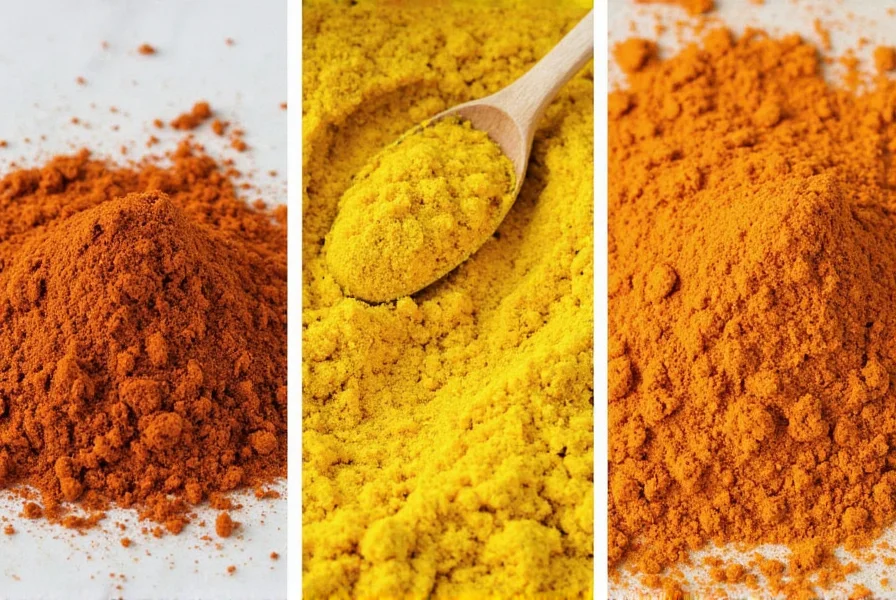
But here's the thing — it's not the only way to get that signature earthy-heat combo. If you're out or want something different, there are plenty of other options to explore without sacrificing flavor. Whether you're making Indian-inspired dishes, fusion recipes, or global comfort food, these substitutes can save your meal and add personality to your cooking.
Garam masala is a warm, aromatic spice mix commonly used in Indian cuisine. While it's slightly sweeter than curry powder, it offers similar complexity. Perfect for hearty stews and braised dishes.
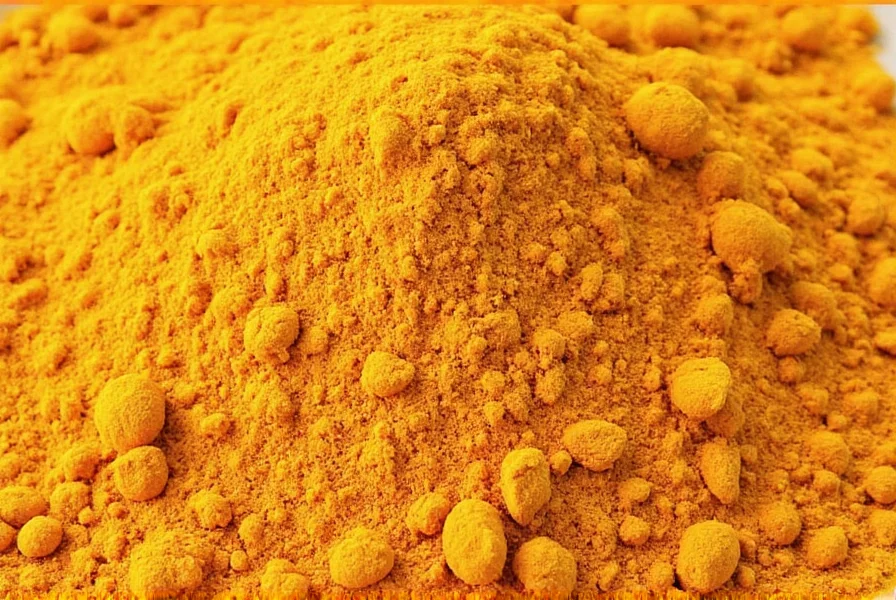
This North African spice blend brings floral notes and deep warmth. Use it sparingly in tagines, roasted meats, or vegetable dishes.
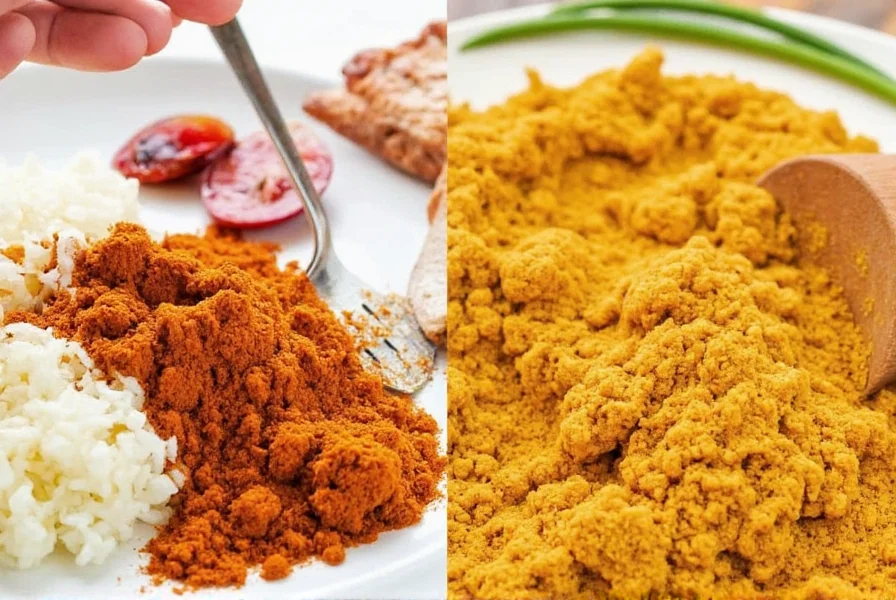
If you're looking for bold flavor and vibrant color, tandoori masala has you covered. It contains turmeric, paprika, and garlic powder, which mimic the visual and taste profile of curry powder.
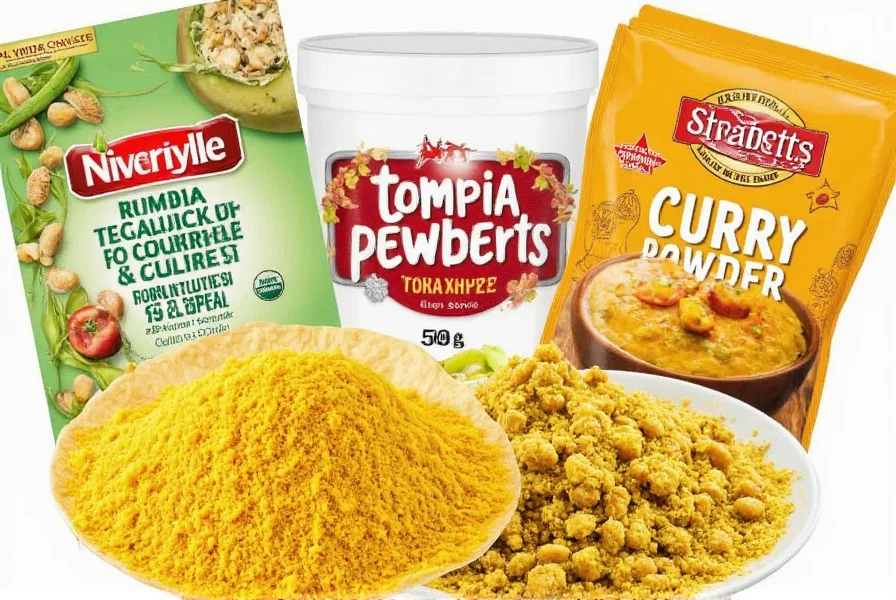
This Middle Eastern spice blend is both smoky and peppery. Great for spicing up rice dishes, grilled meats, and soups.
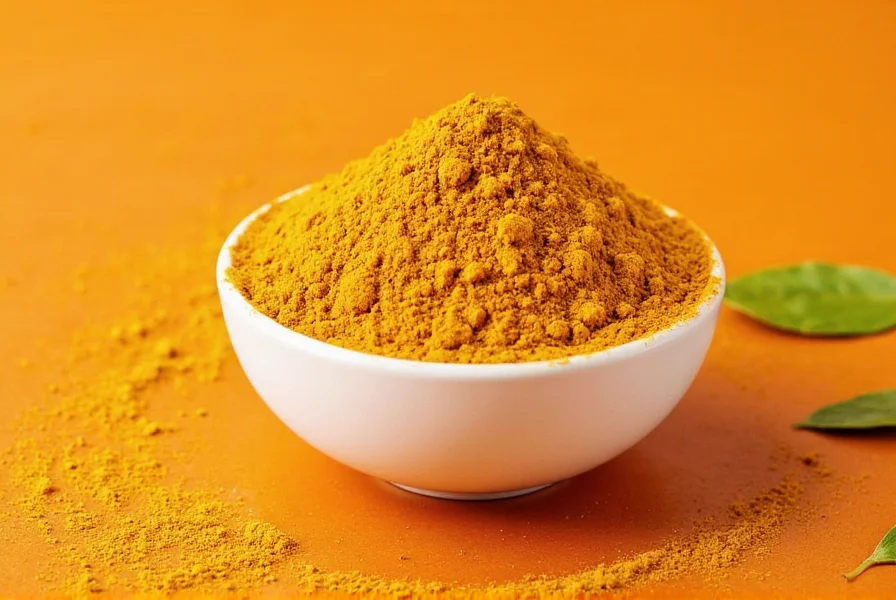
Mix equal parts ground cumin, coriander, turmeric, smoked paprika, and a pinch of cayenne. Customize based on your heat tolerance and flavor preferences.
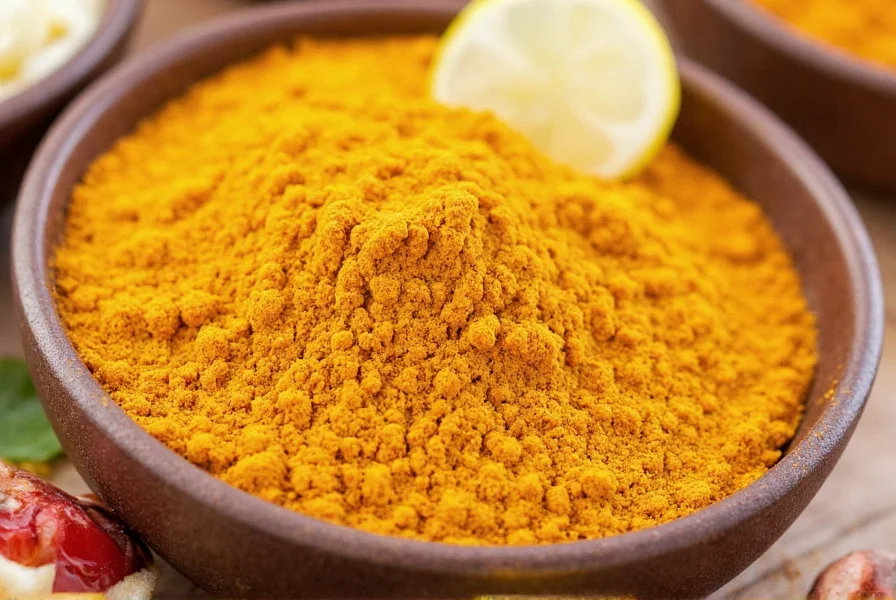
For a quick substitute that mimics the earthy warmth, combine yellow mustard powder with sweet or smoked paprika in a 1:1 ratio.
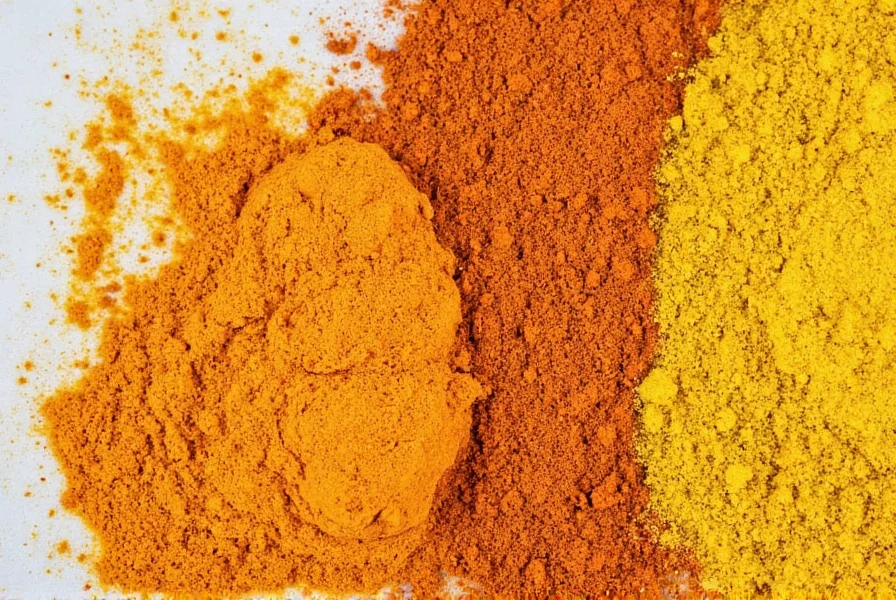
If you love heat, harissa paste diluted with water or oil can stand in for curry powder in stews and sauces. Adds a North African flair!
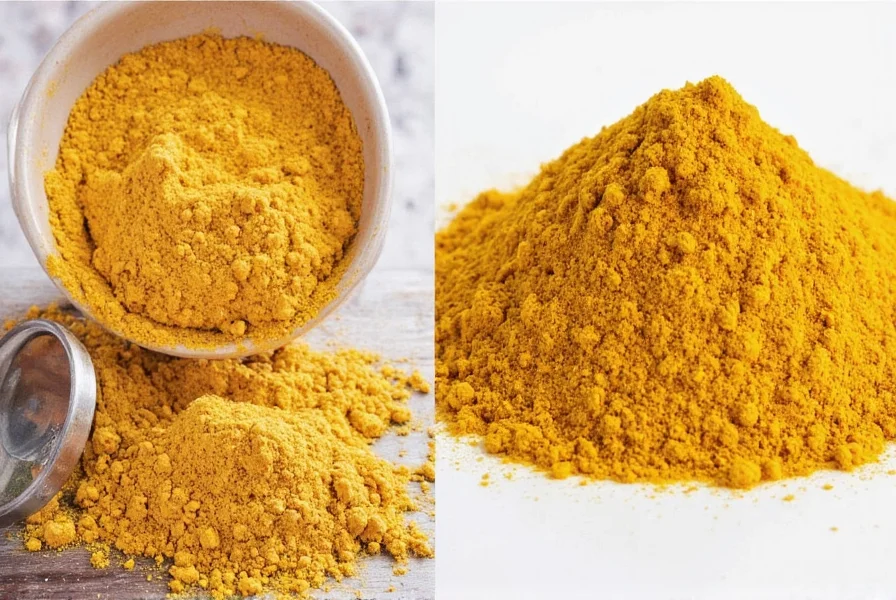
If you have access to other types of curry powder, Madras is spicier and tangier. A close cousin to standard curry blends and works well in place of each other.
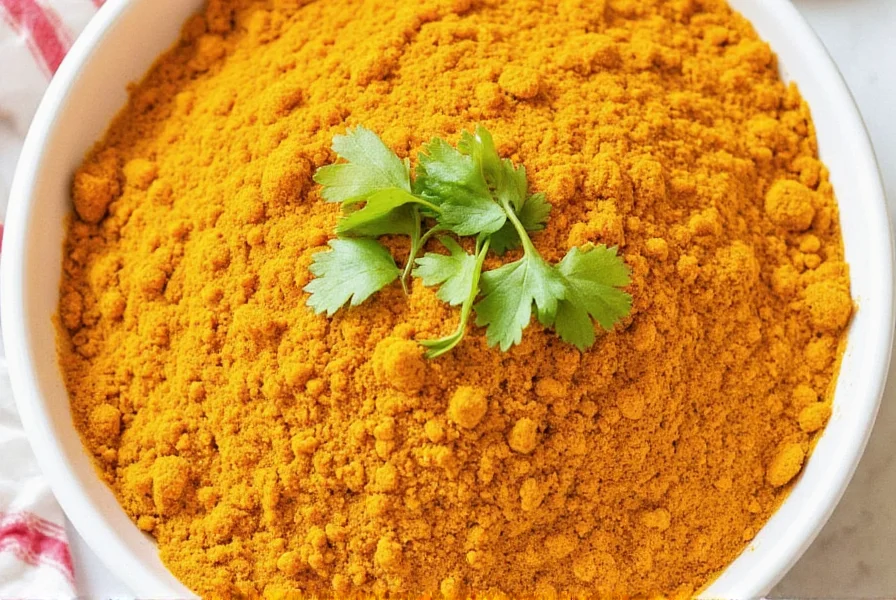
A minimalist approach: combine turmeric for color, cumin for earthiness, and a dash of cayenne for heat. Adjust to suit your dish.
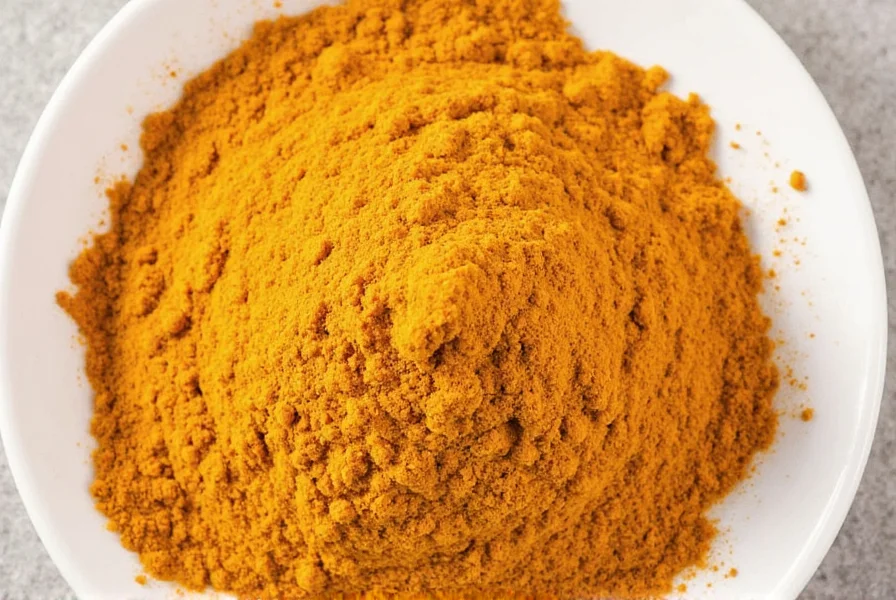
Za'atar has a herby, tangy profile but can work in a pinch when mixed with cumin and a bit of turmeric for color. Ideal for flatbreads or roasted veggies.
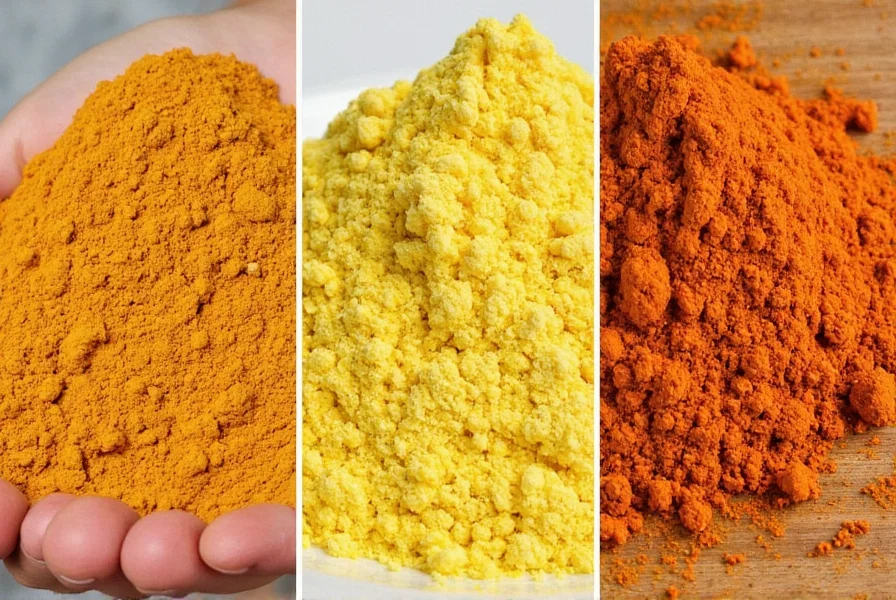
| Substitute | Flavor Profile | Best Used In | Heat Level | Availability |
|---|---|---|---|---|
| Garam Masala | Earthy, warm, slightly sweet | Stews, braises, lentils | Low to medium | Widely available |
| Ras el Hanout | Spicy, floral, complex | Tagines, lamb, eggplant dishes | Medium | Specialty stores |
| Tandoori Masala | Smoky, garlicky, bright red | Grilled meats, paneer, veggie skewers | Medium | Asian markets or specialty shops |
| Baharat | Peppery, citrusy, warm | Kebabs, pilafs, soups | Medium | Online or specialty shops |
| Homemade Blend | Customizable | All-purpose seasoning | Adjustable | Easy to make at home |
| Mustard + Paprika | Earthy, mustardy | Marinades, rubs, dressings | Low | Common pantry items |
| Harissa Paste | Spicy, smoky, tangy | Stews, couscous, dips | High | International grocery stores |
| Madras Curry Powder | Spicier, more acidic | Curry dishes, coconut-based sauces | Medium-High | Widely available |
| Turmeric+Cumin+Cayenne | Earthy, golden, spicy | Rice, lentils, roasted vegetables | Adjustable | Common pantry staples |
| Za'atar | Herbal, tangy, thyme-forward | Flatbreads, roasted vegetables, dips | Low | Specialty stores or online |
If you're shopping for pre-made substitutes or planning to create your own curry powder blend, here's how to choose wisely:
- Freshness matters: Always check the expiration date. Spices lose potency over time, so fresher is better.
- Brand reputation: Stick with trusted brands like McCormick, Simply Organic, or Penzey's for consistent quality.
- Ingredient transparency: Read the label. Avoid blends with unnecessary fillers or artificial additives.
- Flavor intensity: Some blends are milder while others are bold. Know your spice tolerance and adjust accordingly.
- Use case: Think about how you'll use the substitute. Is it for roasting veggies, marinating chicken, or enhancing soups?
A balanced, aromatic blend ideal for everyday cooking.
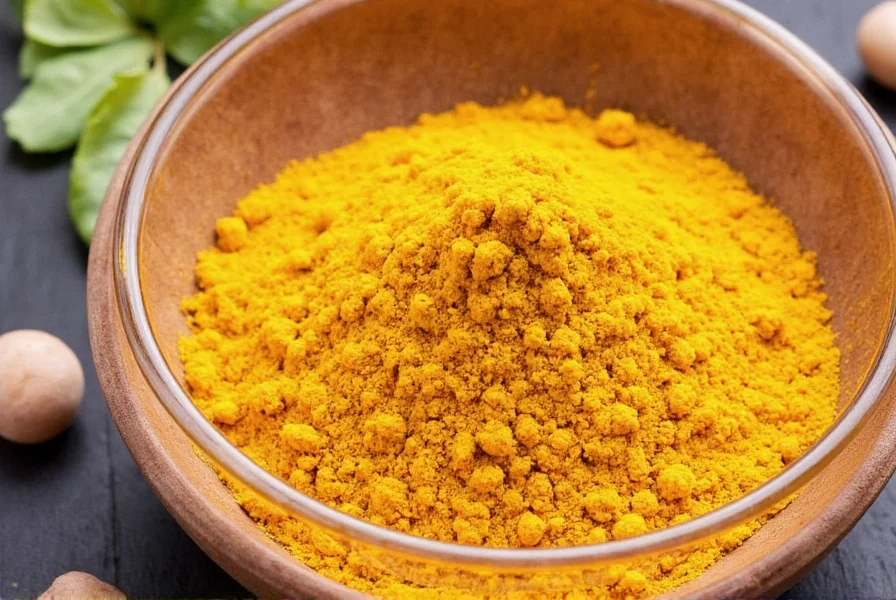
Rich and complex, perfect for slow-cooked dishes.
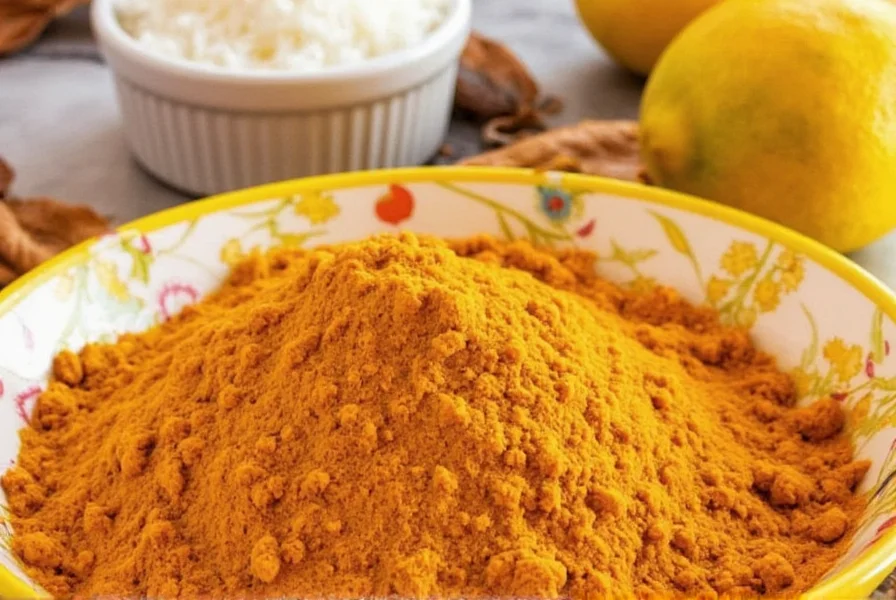
Vibrant and full-bodied, great for creamy curries and chutneys.
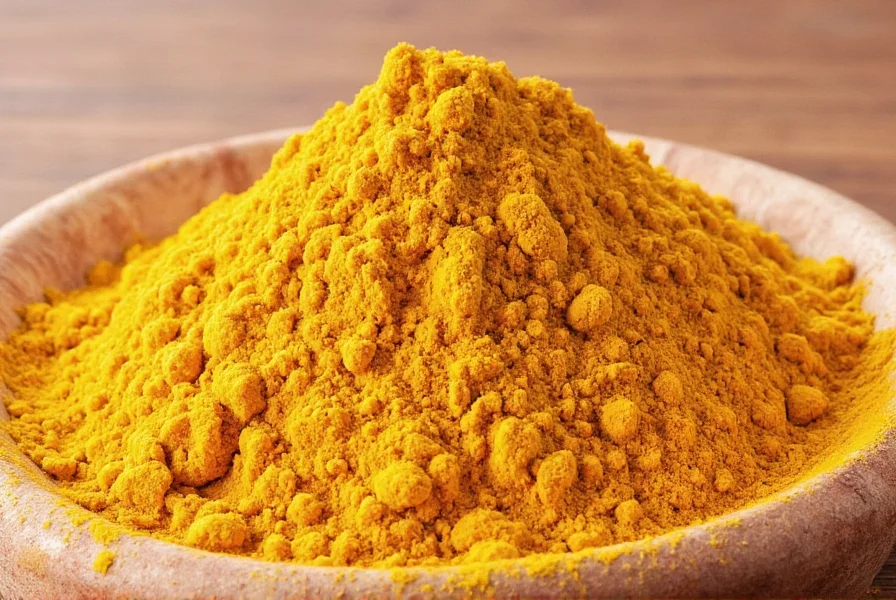
Smoky and fragrant, excellent for grilling and roasting.
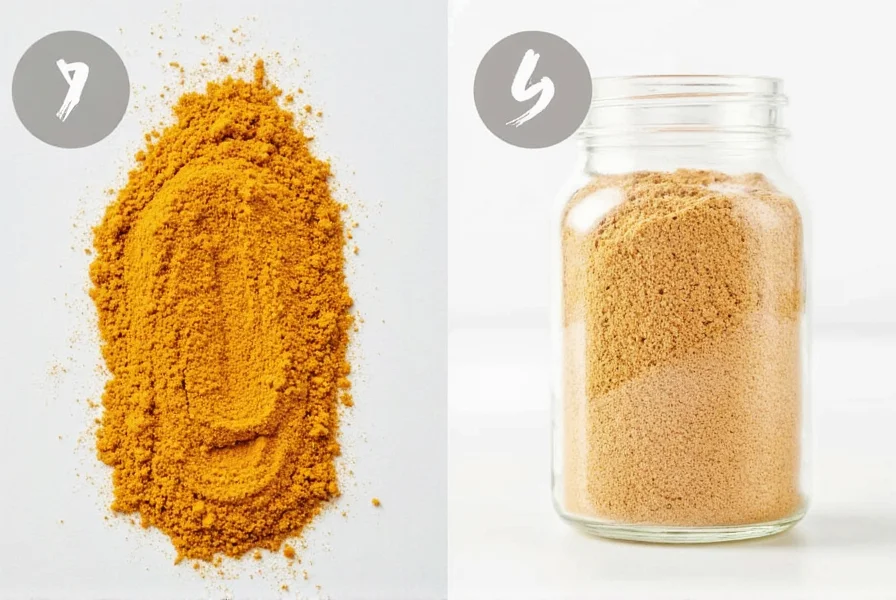
- Start small: Substitute in smaller quantities and adjust to taste as you go. Some alternatives pack more punch than curry powder.
- Toasting enhances flavor: Lightly toast dry spices in a pan before adding them to your dish for deeper flavor.
- Pair with fats: Most spices bloom best in oil or butter. Sautéing your substitute in a little fat before cooking helps release their aromatics.
- Add at the right time: Like curry powder, some substitutes do best when added early in the cooking process. Others, like harissa paste, can be stirred in toward the end for a burst of flavor.
- Experiment freely: Don't be afraid to mix and match! Combine garam masala with turmeric or baharat with cumin for a personalized touch.
Running out of curry powder doesn't have to spell disaster in the kitchen. With a bit of creativity and the right substitutes, you can turn any recipe into a flavorful masterpiece. Whether you're reaching for garam masala, experimenting with ras el hanout, or crafting your own homemade blend, the world of spices is full of possibilities.
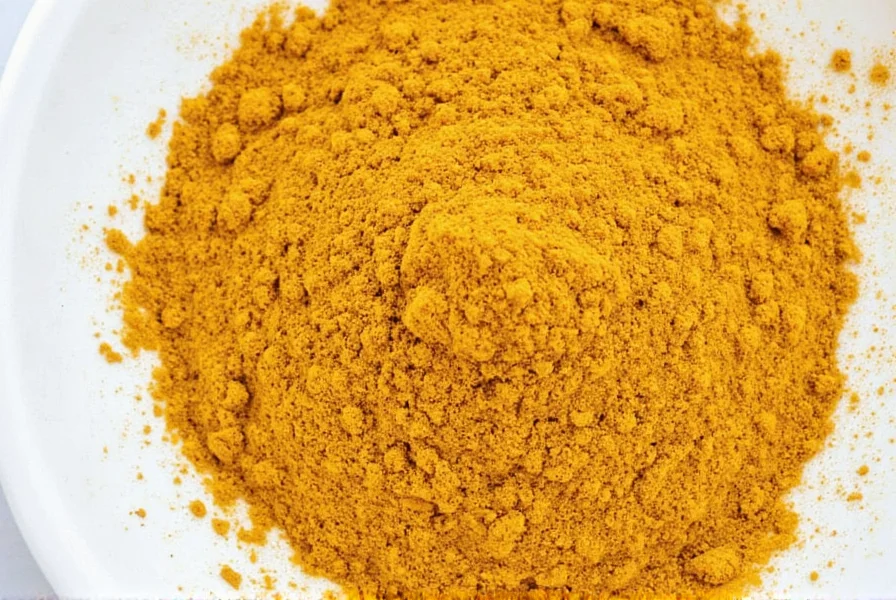
So next time you're out of curry powder, don't panic — just grab one of these substitutes, embrace the adventure, and let your inner chef shine. After all, cooking is all about exploration, expression, and, most importantly… flavor!
Garam masala is the closest alternative for Indian dishes, though it's slightly sweeter and less turmeric-forward. For authentic flavor, use 3/4 teaspoon garam masala plus 1/4 teaspoon turmeric for every 1 teaspoon of curry powder called for in your recipe.
Yes, but with adjustments. Curry paste contains oil, salt, and other wet ingredients. Use 1.5 teaspoons of curry paste to replace 1 teaspoon of curry powder, and reduce additional liquids in your recipe by 1 tablespoon to compensate for the moisture content.
For milder options, choose garam masala or za'atar. When making your own blend, omit cayenne and use sweet paprika instead of smoked paprika. The turmeric-cumin combo (without cayenne) creates a warm, earthy flavor with minimal heat.
Start with 3/4 the amount of substitute compared to the curry powder quantity in your recipe. Taste after cooking for 10 minutes, then adjust as needed. Some blends like ras el hanout and harissa are more potent, while za'atar and mustard-paprika mixes are milder.
Mix 1 teaspoon turmeric, 1 teaspoon ground cumin, 1 teaspoon coriander, 1/2 teaspoon garlic powder, and a pinch of black pepper. This combination mimics curry powder's color and earthy base notes using ingredients most home cooks already have.
Absolutely! For coconut milk-based curries, use Madras curry powder or a homemade blend with extra turmeric. For roasted vegetables, try za'atar with added cumin. Tandoori masala works best for grilled meats, while baharat shines in rice pilafs and Middle Eastern dishes.

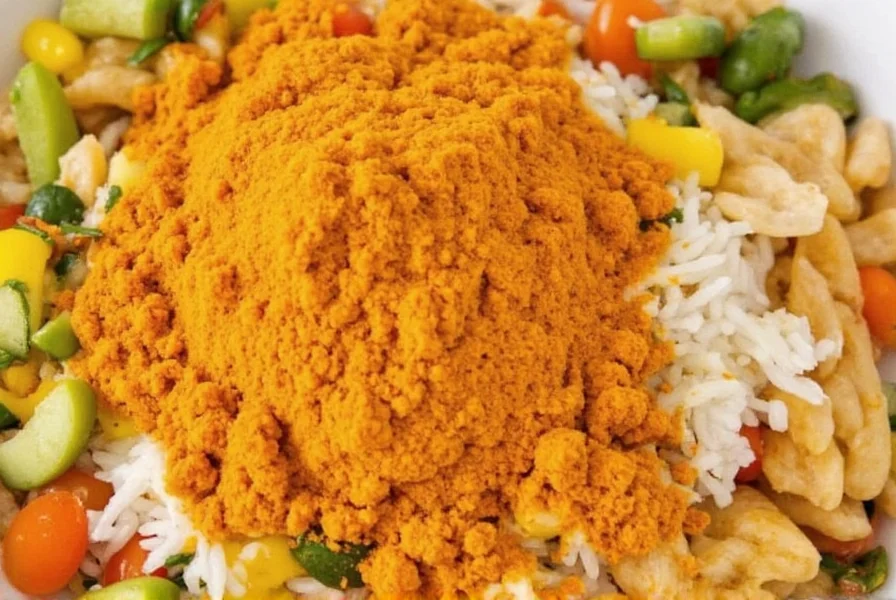









 浙公网安备
33010002000092号
浙公网安备
33010002000092号 浙B2-20120091-4
浙B2-20120091-4